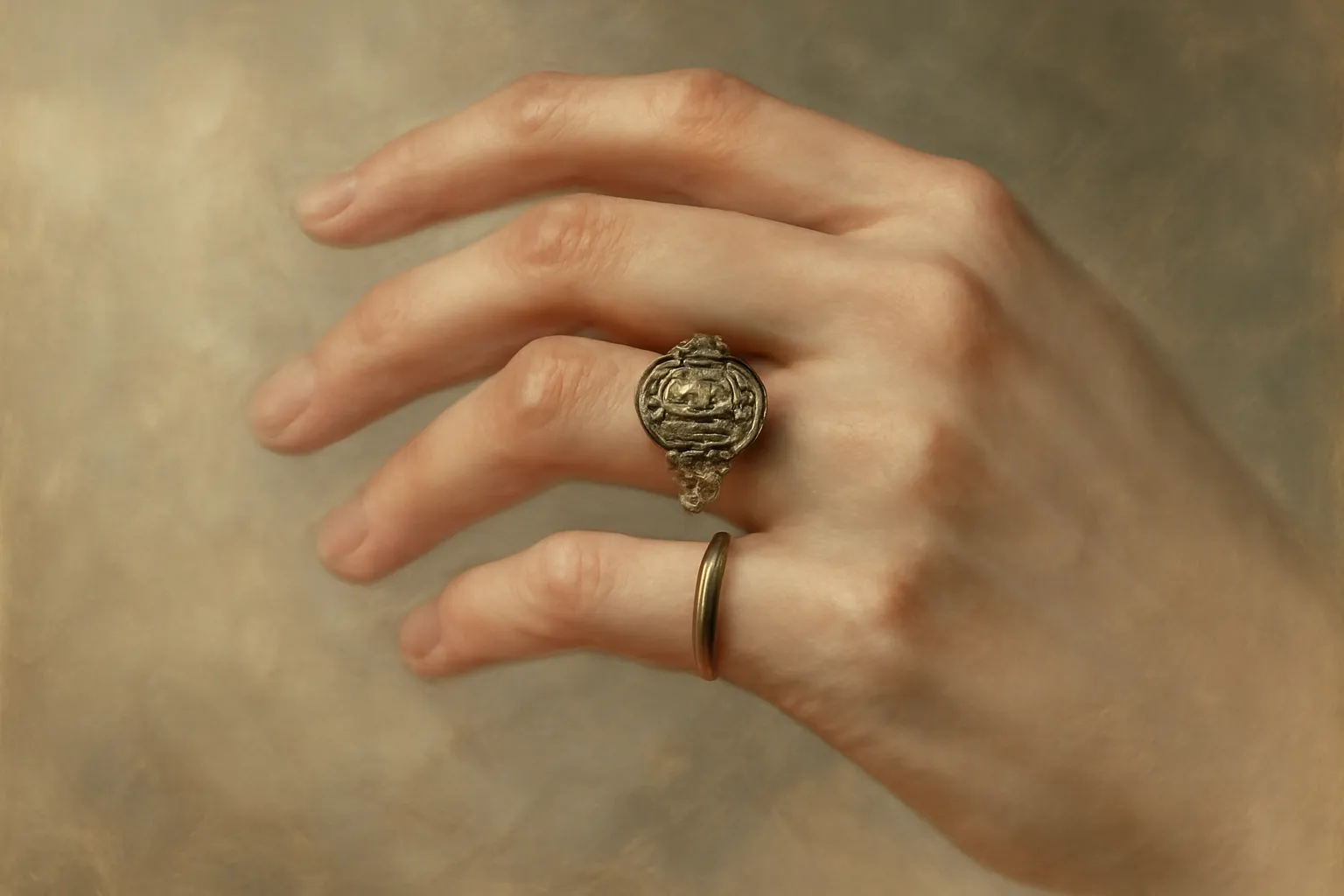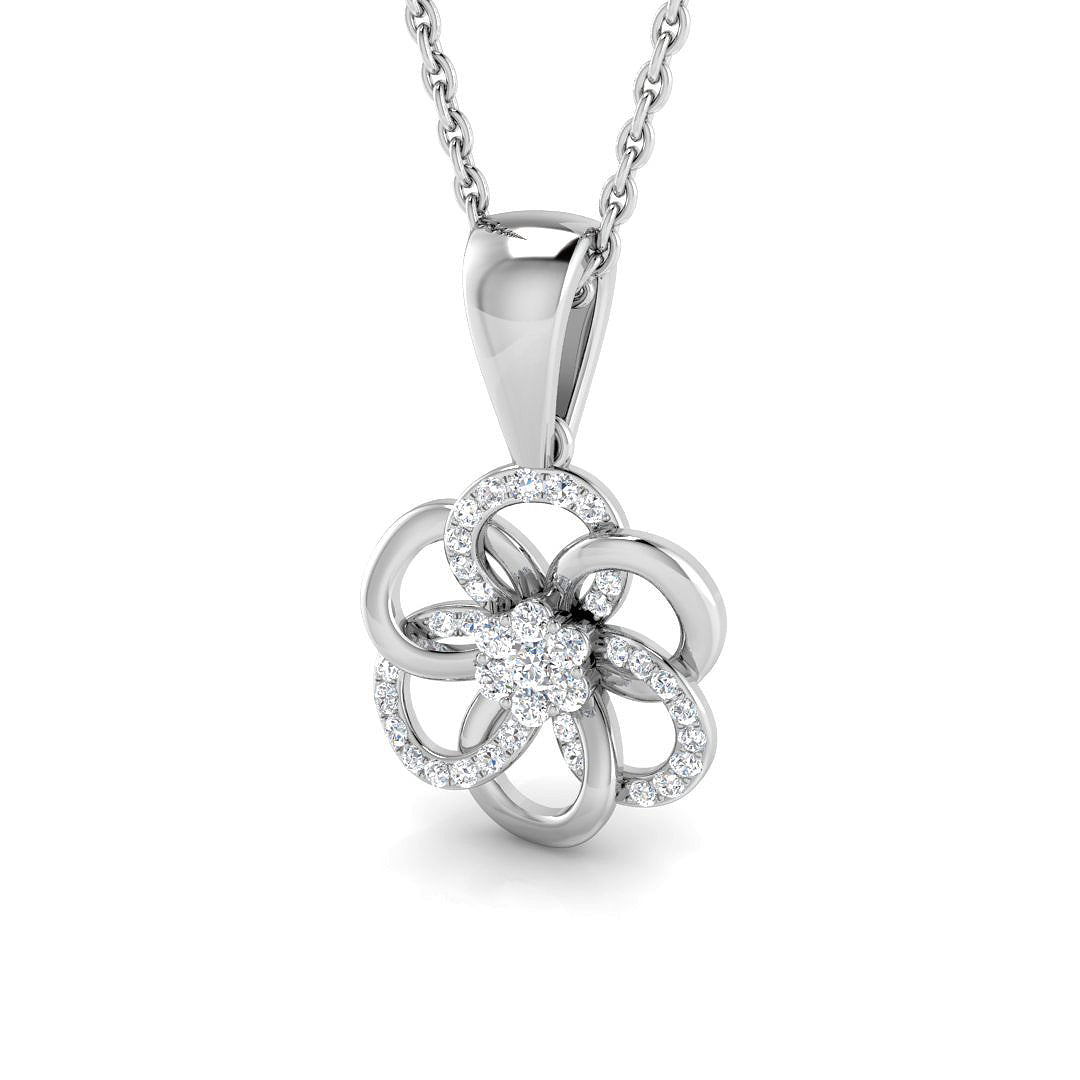Picture this: I once spent twenty minutes trying to wiggle a ring off after one too many crisps at a summer barbecue – only to discover that finger size is as fickle as British weather. If you think ring fitting is just about measuring your knuckle, think again. The real world of ring sizing is messier, peppered with swollen hands, surprise pregnancies, arthritis twists, and those last-minute wedding jitters. Let’s dive past the jeweller’s counter bravado and into the honest, sometimes awkward reality of finding a ring that fits.
When Your Ring Misbehaves: Why Fit Is More Than a Number
You might think that once you’ve found your ring size, you’re set for life. But the truth is, ring fit is a moving target. Whether it’s the weather, your hydration levels, or life events like pregnancy, your fingers are constantly changing – and so is the way your ring fits. Understanding why ring fit is more than just a number can save you discomfort, panic, and even a trip to A&E.
How Rings Morph from Perfect to Problematic
It’s not your imagination: a ring that fits perfectly in the morning can feel uncomfortably tight by afternoon. This is because your fingers naturally swell and shrink throughout the day. Warm weather, salty foods, and even exercise can cause your hands to puff up, making your ring feel snug. In contrast, cold weather can make your fingers slimmer, causing your ring to spin or slip off easily.
Hydration plays a big role too. If you’re dehydrated, your fingers may shrink, while drinking lots of water can make them swell. This means your ring size is never truly static, and even the most carefully measured fit can feel off at times.
Pregnancy, Hydration, and Arthritis: Real Life Meets Ring Science
Major life events can have a dramatic impact on your ring size. Pregnancy is a classic example. As your body retains more fluid, your fingers often swell, making rings feel tighter than ever. As one jeweller notes:
Some expectant mothers have their rings resized during pregnancy, only to need it taken down again after the weight is lost.
To avoid the hassle of repeated ring resizing, it’s often best to remove your rings if they become too tight during pregnancy. Temporary ring solutions, such as clear plastic ‘Snuggies’ or metal ring guards, can help keep a loose ring secure, but always remember these are stop-gap measures. Once your body returns to its usual state, a professional jeweller can reassess and adjust your ring size as needed.
Arthritis and prominent knuckles present their own challenges. Swollen joints can make it tricky to slide a ring on and off, while slim fingers with large knuckles may mean a ring that fits over the knuckle spins loosely on the finger. In these cases, jewellers sometimes add small ‘pips’ or bars inside the band to help the ring grip the fleshy part of your finger, ensuring a more secure fit without constant resizing.
Stubborn Rings: Ice Packs, Lotion, and the ‘Don’t Panic, Call a Jeweller’ Moment
Sometimes, despite your best efforts, a ring simply refuses to budge. If you find yourself with a stuck ring, don’t panic. There are a few safe ring removal best practices to try before calling in the professionals:
- Cool it down: Wrap an ice pack around your finger for a few minutes to reduce swelling.
- Lubricate: Apply hand lotion, soap, or even cooking oil around the ring and gently twist it off.
- Elevate: Hold your hand above your heart for a few minutes to help reduce swelling.
If these methods don’t work, it’s time to seek help. A jeweller can safely cut the ring off – and in most cases, the band can be repaired or resized afterwards. Remember, forcing a ring off can cause injury, so it’s always better to err on the side of caution.
Temporary Ring Solutions: When You Need a Quick Fix
If your ring is suddenly too loose – perhaps after weight loss or during cold weather – temporary ring solutions can help. Clear plastic ‘Snuggies’, metal clips, or silicone inserts are all popular options for keeping your ring secure until you can have it professionally resized. These are especially useful for those experiencing temporary ring size changes due to pregnancy, hydration, or medical conditions.
Ultimately, ring resizing is more than just a matter of measurement. Your fingers are living, changing things, and your ring needs to adapt with them. Whether you’re dealing with pregnancy ring size changes, arthritis, or just the ups and downs of daily life, a flexible approach – and a good jeweller – are your best allies.

Ring Resizing Demystified: From Quick Fixes to Full Band Surgery
Small Tweaks vs. Major Surgery: Understanding Ring Resizing Techniques
When it comes to ring resizing techniques, not all adjustments are created equal. Sometimes, you only need a minor tweak—a quick stretch or a subtle squeeze—to get that perfect fit. Other times, your ring may require what jewellers call “full band surgery”, which involves cutting, adding, or removing metal from the band. Knowing the difference can help you make informed decisions about your jewellery resizing services.
- Small Adjustments: If your ring is just a fraction too tight or loose (think 0.5 size up or down), a professional jeweller can often resize ring size by gently stretching the metal or making a minor cut at the back of the band. This is usually quick, minimally invasive, and costs between £30–£60.
- Major Adjustments: For changes of a full size or more, the process is more involved. The jeweller may need to cut the band and either remove a section (to make it smaller) or add a piece of matching metal (to make it larger). This is true ring band cutting and soldering, and prices can range from £60–£120 or more, depending on complexity.
Jewellers use a size stick (also called a mandrel or wheat sheath) to measure your ring before and after resizing. This ensures precision, especially when dealing with small differences—sometimes as little as 0.02 of a size can affect the fit.
Professional Jeweller Wisdom: Not All Rings Can Take the Pressure
While most rings can be resized up or down by one or two sizes, some designs and materials simply do not cooperate. Tungsten rings and eternity bands are the main culprits. Tungsten is too hard to cut or stretch, and eternity bands, with stones set all the way around, leave no plain metal to work with. In these cases, resizing is either impossible or requires the ring to be remade entirely.
We regularly recreate rings and improve the build quality of the design.
Before any ring size adjustment, a professional jeweller will assess your ring’s structure, metal type, and setting style. This is crucial, as improper resizing can compromise the integrity of your jewellery. For example, tension settings (where the stone is held in place by pressure) can loosen if the band is made smaller, while enlarging a ring can put pressure on shoulder stones, risking damage or loss.
Resizing Risks: Thinning Bands, Loose Stones, and Why Cheaper Isn’t Always Better
It’s tempting to opt for the cheapest resizing service, but this can be a false economy. Cheap or improper resizing can lead to:
- Thinning Bands: If your ring is already narrow, resizing—especially stretching—can make it even thinner and more prone to bending or breaking.
- Loose Stones: Adjusting the size can disturb the settings, particularly with diamonds or gemstones set along the band. A reputable jeweller will always check and, if needed, re-tighten stones after resizing.
- Compromised Structure: Poor workmanship can weaken solder joints or leave visible marks, affecting both the durability and appearance of your ring.
Most professional jewellers offer a free size adjustment (typically up to two sizes) with engagement ring purchases, and many provide non-profit services for larger adjustments, repairs, and alterations. Always ask about the risks and aftercare before proceeding.
When Resizing Isn’t Enough: Remaking the Ring
Sometimes, resizing simply isn’t possible or advisable. If your ring is too thin, too complex, or made from a tricky material, remaking the ring may be the best option. This involves creating a new setting, band, or even an entirely new ring—while staying true to the original design. This approach not only ensures a perfect fit but can also improve the build quality of your cherished piece.
In summary, ring resizing is a skilled process that ranges from quick fixes to full band surgery. Always seek out a professional jeweller for advice, especially if your ring features intricate settings or unusual materials. The right expertise ensures your ring remains beautiful, secure, and perfectly sized for years to come.

That ‘Aha’ Moment: Expert Tips for Comfort, Security, and Peace of Mind
When it comes to finding that elusive perfect fit, the journey is often more complex than a simple ring size measurement. The real ‘aha’ moment arrives when you realise that comfort, security, and peace of mind are all part of the equation. This is especially true if you have unique challenges such as prominent knuckles, arthritis, or fingers that have changed shape over time. In this ring fitting guide, we’ll explore the expert solutions that go beyond basic upsizing and downsizing, and why the right fit is about more than just how your ring feels on your finger.
Many people discover, sometimes after years of frustration, that their fingers are not as straightforward as a sizing chart might suggest. As one client put it,
Slim fingers and big knuckles can make it difficult getting the correct size.If you have prominent knuckles or arthritis, you might find that a ring which slides comfortably over the knuckle spins loosely on the finger itself. This is a common scenario, and it’s where creative jewellery solutions come into play.
For those with tricky knuckles or arthritic hands, jewellers often recommend adding small ‘pips’ or sizing bars inside the ring. As we often say,
To assist with a better fit we sometimes have to add small pips or bars at two points on the inside of the ring.These subtle additions allow the ring to pass over the knuckle, but then gently grip the narrower, fleshy part of your finger. It’s a simple yet ingenious solution that can transform a ring from unwearable to secure and comfortable. If your finger changes again in future, these bars can be polished away, making them a flexible option for evolving hands.
Of course, not every fit issue requires a trip to the jeweller straight away. Temporary fixes, like ring guards and inserts, can offer a quick solution if your ring is just a little loose. Clear plastic spiral bands, often called ‘Snuggies’, can be wrapped around the inside of your ring to thicken the band and improve the fit. They’re inexpensive, come in different sizes, and are easy to use at home. Simply weave the spiral around your ring, snip off any excess, and you’re set. Metal ring guards, fitted by some jewellers, are another option for a snugger fit without permanent alteration.
However, it’s important to remember that these DIY tweaks are best for short-term use. They’re ideal if you want to wear your engagement or wedding ring before arranging a permanent resize, or if your fingers are temporarily slimmer after weight loss or pregnancy. But for recurring or complex fit issues—especially those caused by arthritis, injury, or long-term changes—professional solutions will always outlast home fixes. A skilled jeweller can ensure the finish, security, and style of your ring remain intact, and that any adjustment matches perfectly with your other rings.
Proper fit is about more than comfort. An ill-fitting ring can slip off and be lost forever, or worse, cut off your circulation if it’s too tight. The sentimental value of an engagement or wedding ring means that peace of mind is just as important as style. When your ring fits perfectly, you can wear it every day without worry, knowing it’s safe and secure—no matter what life throws at your hands.
Special cases, such as arthritic hands or post-pregnancy fingers, often require a jeweller’s magic touch. Creative modifications like sizing bars, pips, or even bespoke reshaping can save cherished rings and keep them wearable for years to come. While ring guards and inserts work for now, it’s the professional adjustments that truly stand the test of time. Sometimes, a story—or an heirloom—is wrapped around more than just metal; it’s wrapped around peace of mind.
So, whether you’re navigating the challenges of arthritis ring adjustment, seeking engagement or wedding ring tips, or simply want the best ring fitting guide for your unique hands, remember: the perfect fit is about comfort, security, and the confidence to wear your ring every day. For life’s bigger changes, your jeweller is the unsung hero, ready to help you rediscover that ‘aha’ moment—where your ring feels like it was made just for you.



